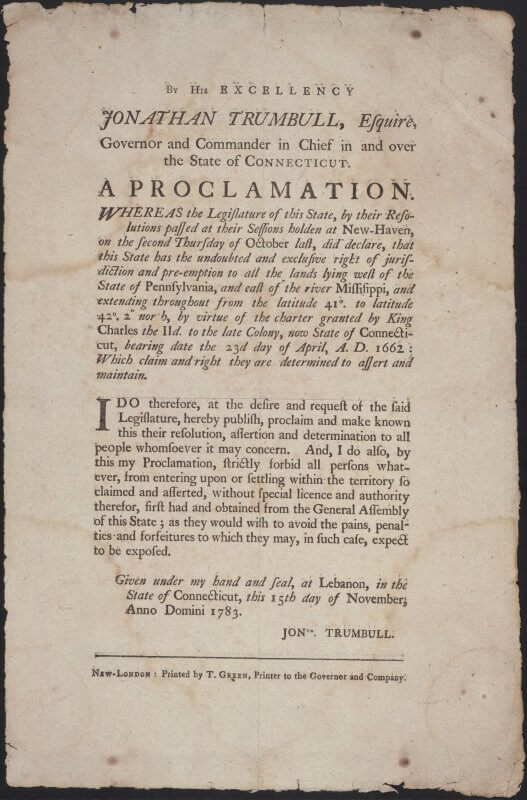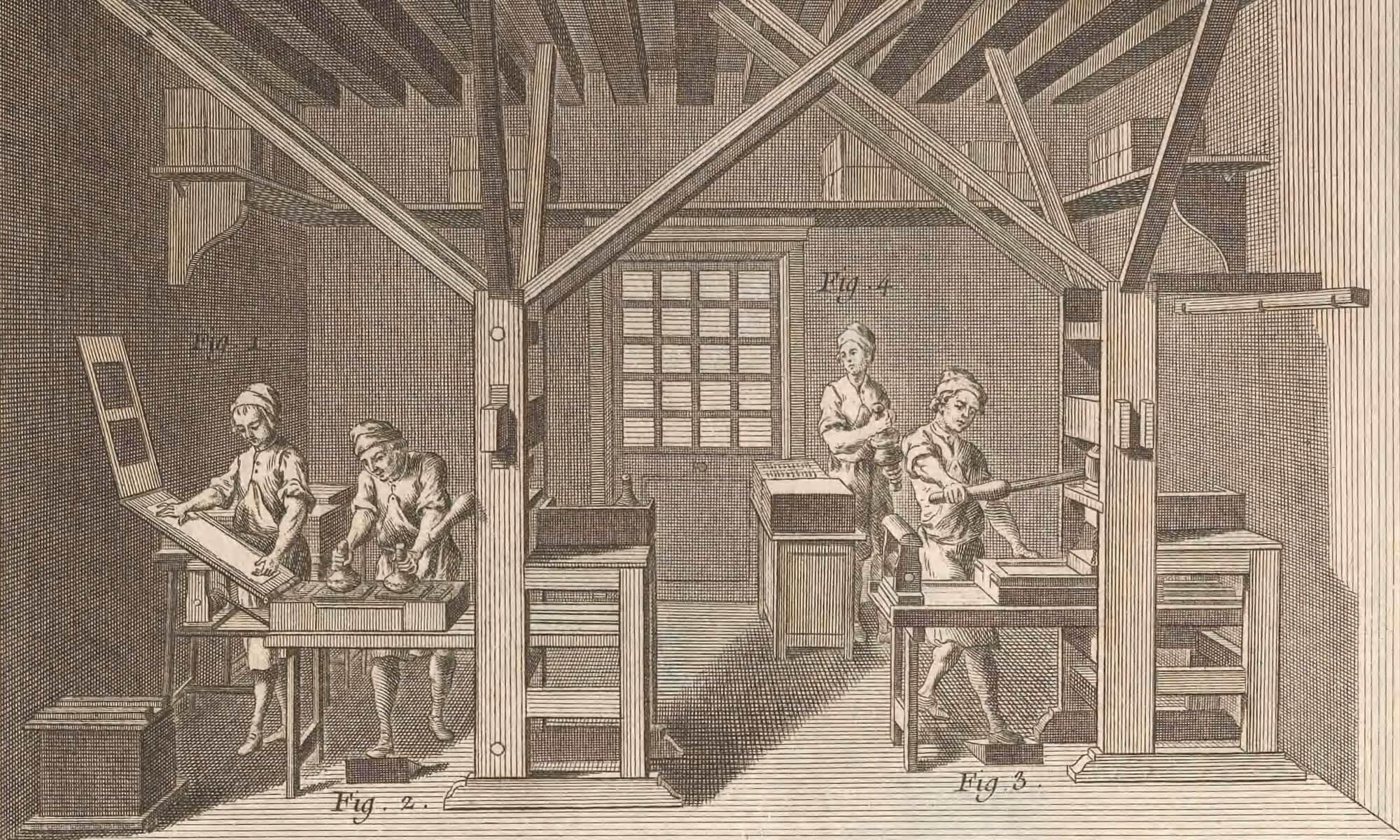Anatomical fugitive sheet, flap 3 (1573)
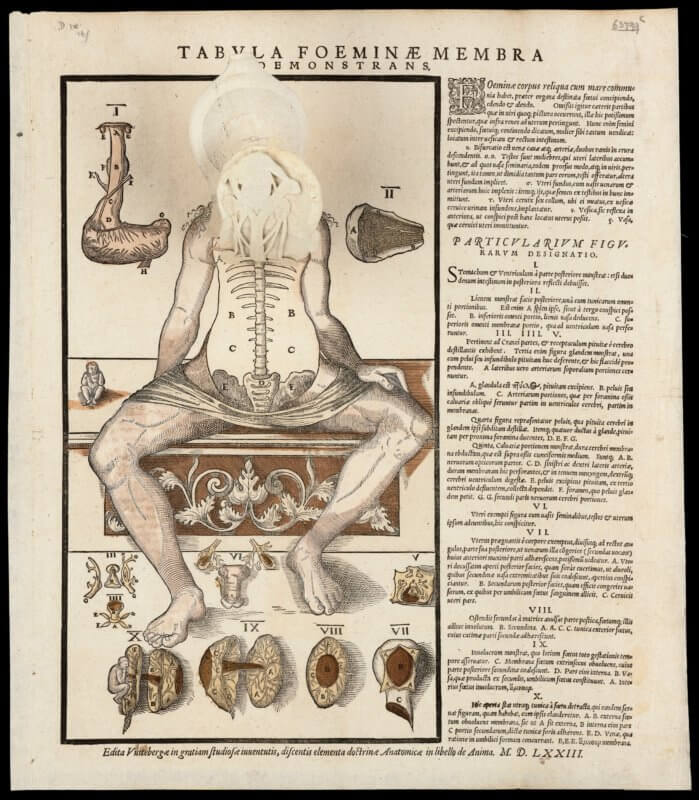
Beaumont and Fletcher, Philaster, 1661 (A1v)
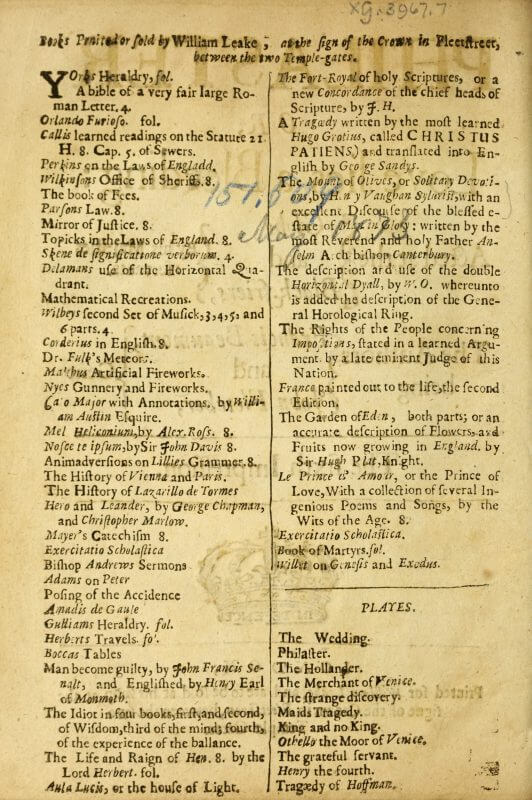
Behn, Widdow Ranter, 1690 (A4r)
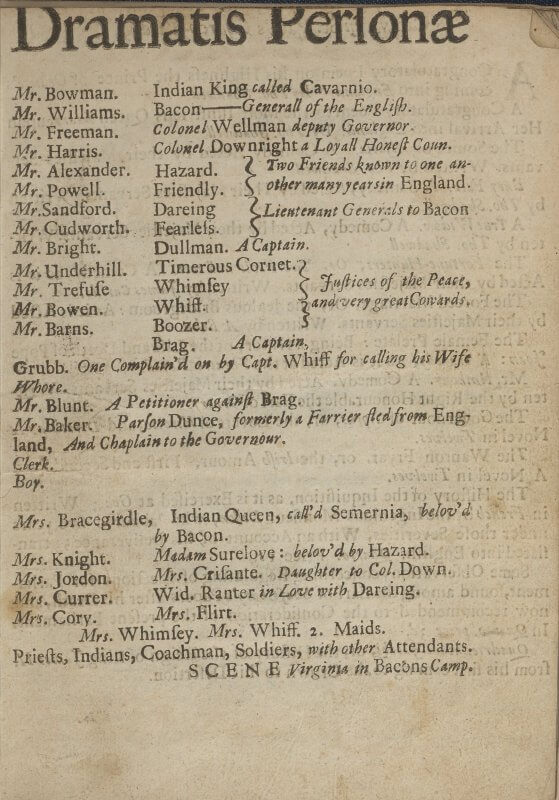
Bible, English, 1611 (A1r)
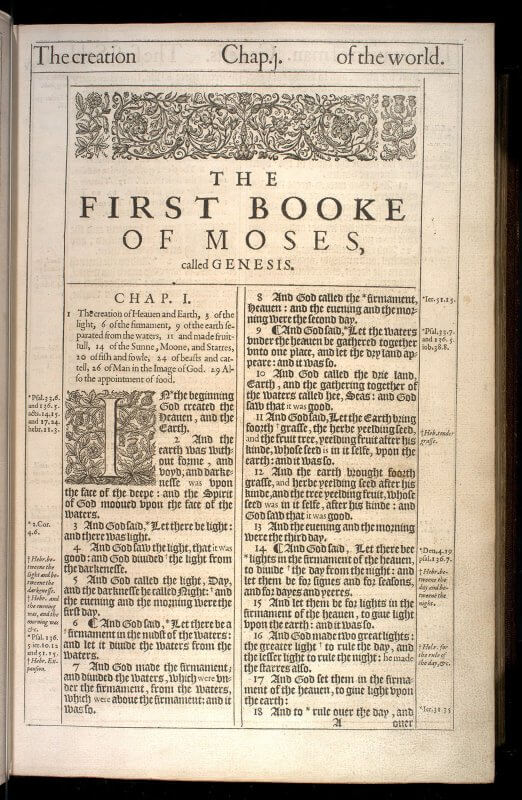
Bijns, Refereyn, 1611 (A1r)
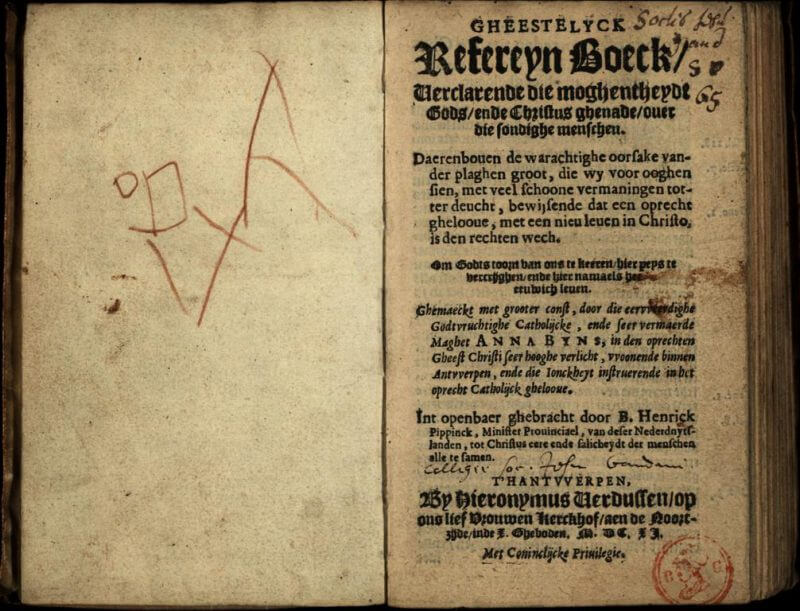
Cato, Moral distichs, 1735 (A1v-A2r)

Colloques ou dialogues, 1616 (A1r)
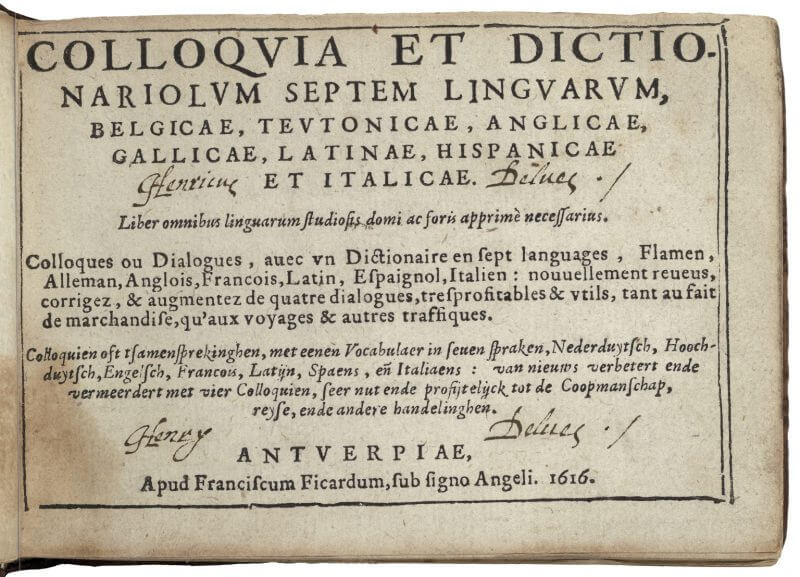
Colloques ou dialogues, 1616 (A4v-A5r)

Comenius, Orbis, 1685 (O1v-O2r)
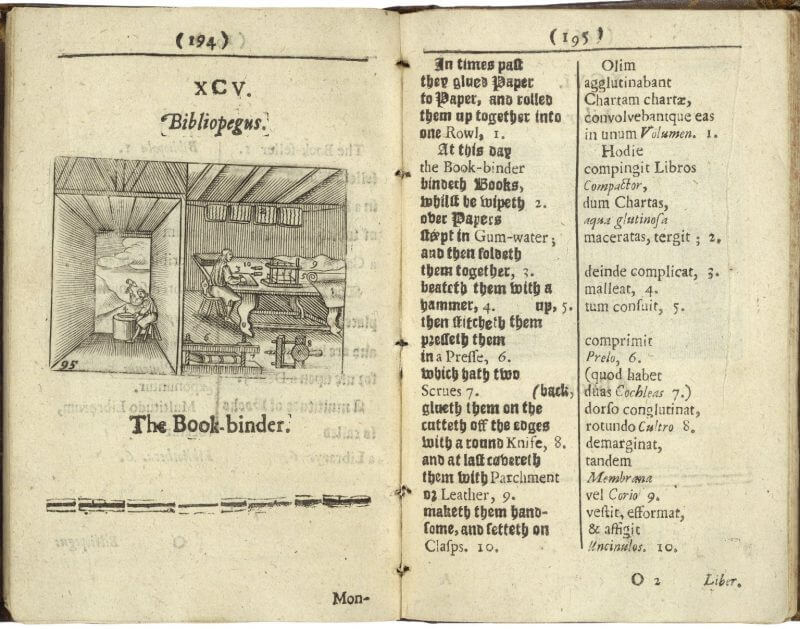
Connecticut, Proclamation, 1783
